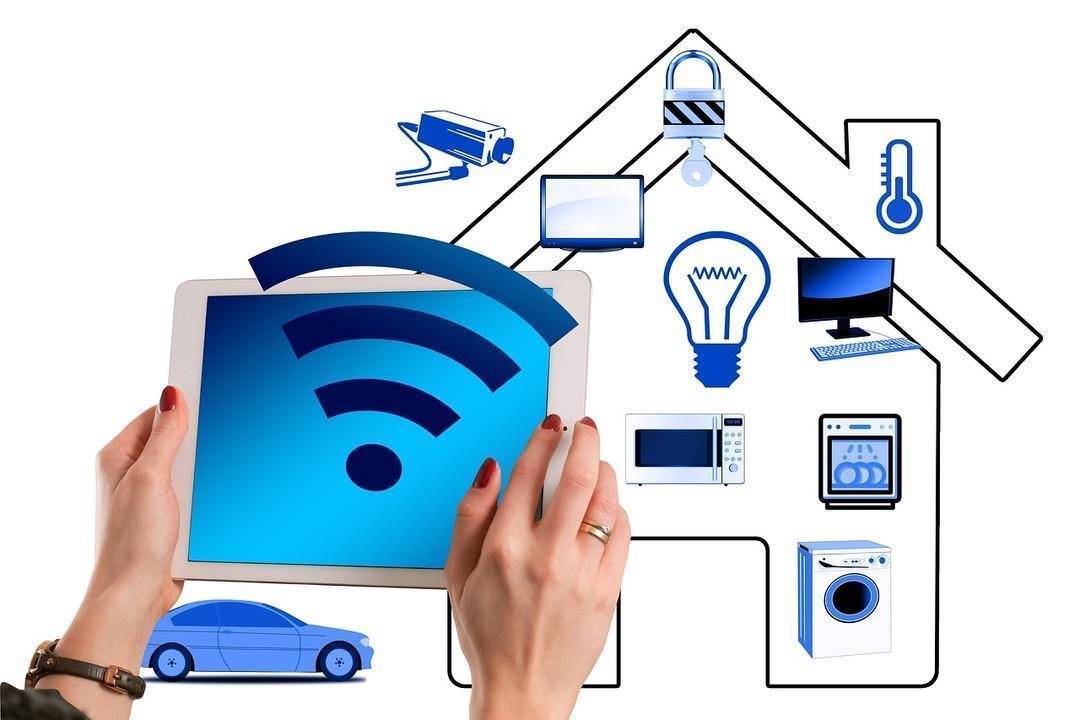Comments (3)
Austin Harris
Smart home tech is becoming more of a thing
Michael Cherry
Upgrade to a better wireless router.
Jon Williamson
Wireless smart home products are great until you realize that wireless devices require maintenance.

In the residential market, the Smart Home has been for a long time, the miracle offer that will take off, the technological showcase of manufacturers and energy specialists. But for a long time too, these offers are struggling to break through, stumbling on the difficulty of offering a clearly perceived and attractive value and the technical difficulty of making these offers simple.
Initially offered by manufacturers, they now seem to attract energy suppliers. They see it as a way to provide an additional value to their private customers, to gain from them a greater legitimacy by offering savings, security or comfort, and finally to acquire a technological showcase.
Energy companies are not intended to develop an offer but rather to select one and promote it to their customers: they therefore adopt its characteristics.
Sometimes inherited from the supplier of the solution, the vocation of the offer is not always clear:
– Is it an energy management offer? which has not addressed a large audience so far. But the development of electric mobility could open new perspectives.
– Is it an offer for the service of a better comfort? for which a high-end public thus restricted and remunerative, exists but for which a utility must develop a legitimacy.
– Is this a security offer? for which the need exists and the competition is important.
– Is this an offer meeting several of these targets? at the risk of being more difficult to understand, especially if it is provided by an energy provider.
To ensure the positioning of these offers on the market, the segmentation of customers is only rarely accomplished, especially as regards the offers aimed at comfort and energy management. In these two cases, the segmentation should not be defined on descriptive criteria (individual or collective residential) or sociological (income level, family structure, level of education) but on psychosociological criteria (consideration of the environmental reservation or link to energy).
The diversity of equipment to monitor or control in the house, the diversity of their communication features, more or less important depending on the vocation of the offer, push the suppliers in 3 different strategies:
– An integrated offer like that of Fifthplay deployed by Electrabel, E.ON, WSW or Delta. It aims at not being open, to ensure a global operation through the consistent development of all necessary components and the use of appropriate technologies but often proprietary.
The undeniable technical advantages are often offset by marketing disadvantages: the customer feels dependent on a single manufacturer (he likes less and less this feeling) and the offer is less understandable: it seems to be able to meet all needs without focusing on none.
– An offering open to third-party products by providing a possible connectivity: this is the choice made by Innogy integrating Netatmo, Alexa, Google assistant, Philips and Miele or by Tiko.
This strategy is based on protocols available to partners. It allows to offer a greater readability of the offer that can focus on a particular value (comfort, security or energy) without locking the customer in this specialization because he can address other needs through the “partners” of the offer.
– An ecosystem offering like Qivicon which aims to offer a platform and open connection standards. The goal is to gather around this platform as many participants as possible to make it universal and allow it to meet all needs. Qivicon is the partner of Deutsche Telekom, for whom we understand the interest of adopting this type of approach, and Vattenfall.
The marketing disadvantage of this type of offer is its complexity, difficult to master by most customers.
Developing a successful Smart Home offer requires firstly to ensure consistency between the offer strategy, the purpose of the offer and the target customer segments. For lack of success on energy management, several suppliers have, in the past, lost this consistency by enriching their offer with security products, a priori more requested. Few have succeeded but energy suppliers choosing this type of Smart Home offers inherit this lack of coherence.
And this consistency is only the first step towards success; the second will be to create a clear value for the customer: it will necessarily pass, for the management of energy, by the development of analytics, which, alone, cannot compensate a lack of initial consistency.
Click here to read other articles of the same author.
Smart home tech is becoming more of a thing
Upgrade to a better wireless router.
Wireless smart home products are great until you realize that wireless devices require maintenance.
Eric Morel is a worldwide recognised expert of energy transition and digitalisation. In the past, he has served as VP Corporate Business Strategy and VP Global Smart Grids and Energy Efficiency at Schneider Electric as well as CEO of Ilevo, a telecommunication start-up. He is a founding member and a former Board member of the Gridwise Alliance, the main professional private/public association dedicated to Smart Energy.
Leave your comments
Post comment as a guest